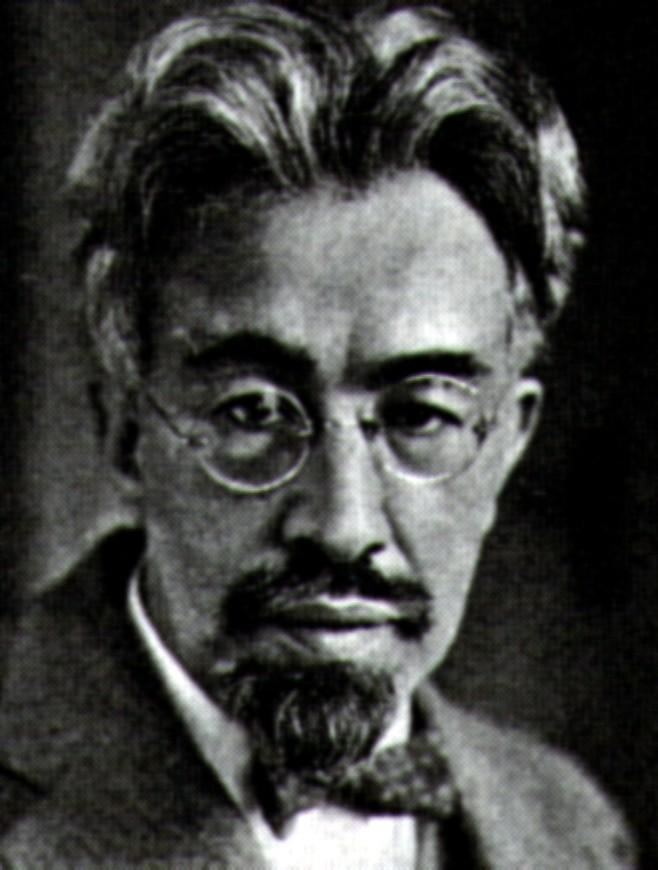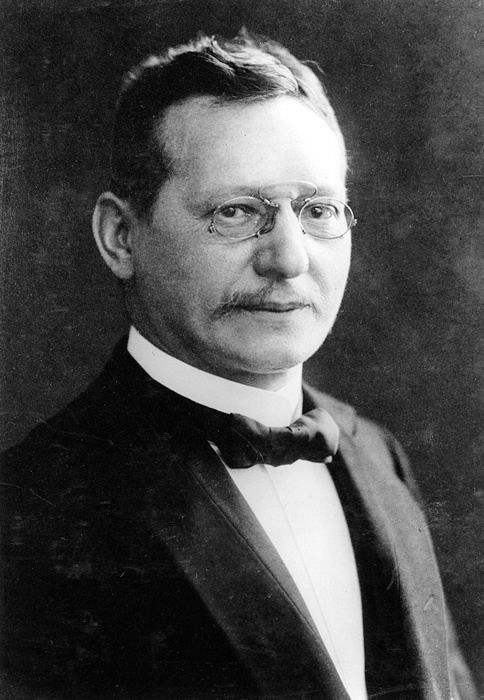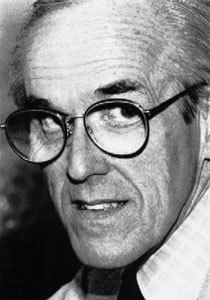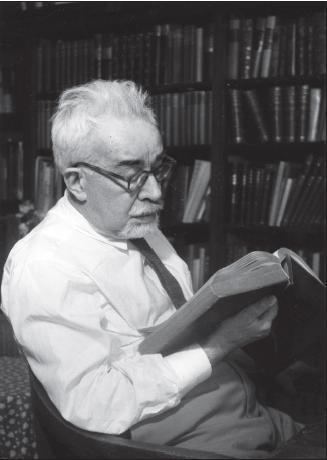Name Curt Sachs | Role Musicologist | |
 | ||
Books The history of musical instruments, World history of the dance, The wellsprings of music, Snowdrops A Monogra, Rhythm and tempo Similar People Guido Adler, Robert Lachmann, Martin Agricola, Roberto Leydi, Hans Sachs | ||
Arpas Antiguas 1/5 - Curt Sachs In memoriam
Curt Sachs ( [zaks]; June 29, 1881 – February 5, 1959) was a German-born but American-domiciled musicologist. He was one of the founders of modern organology (the study of musical instruments), and is probably best remembered today for co-authoring the Sachs-Hornbostel scheme of musical instrument classification with his fellow scholar Erich von Hornbostel.
Contents
- Arpas Antiguas 15 Curt Sachs In memoriam
- Vivaldi Violin Concerto 9 in D Jean Fournier
- Biography
- References

Vivaldi: Violin Concerto #9 in D - Jean Fournier
Biography

Born in Berlin, Sachs studied piano, music theory and composition as a youth in that city. However, his doctorate from Berlin University (where he was later professor of musicology) in 1904 was on the history of art, with his thesis on the sculpture of Verrocchio. He began a career as an art historian, but promptly became more and more devoted to music, eventually being appointed director of the Staatliche Instrumentensammlung, a large collection of musical instruments. He reorganised and restored much of the collection, and his career as an organologist began.

In 1913, Sachs saw the publication of his book Real-Lexicon der Musikinstrumente, probably the most comprehensive survey of musical instruments in 200 years. The following year, he and Erich Moritz von Hornbostel published the work for which they are probably now best known in Zeitschrift fur Ethnologie, a new system of musical instrument classification. It is today known as the Sachs-Hornbostel system. It has been much revised over the years, and has been the subject of some criticism, but it remains the most widely used system of classification by ethnomusicologists and organologists.

When the Nazis came to power in 1933, Sachs was dismissed from his posts in Germany by the Nazi Party because he was a Jew. As a result, he moved to Paris, and later to the United States, where he settled in New York City. From 1937 to 1953 he taught at New York University, and also worked at the New York Public Library.

His numerous books include works on rhythm, dance and musical instruments, with his The History of Musical Instruments (1940), a comprehensive survey of musical instruments worldwide throughout history, seen as one of the most important. The long relationship he had with W. W. Norton & Company began with The Rise of Music in the Ancient World (1943). Although these works have been superseded by more recent research in some respects, they are still seen as essential texts in the field.
Sachs died in 1959 in New York City. In honor of Sachs' legacy, the American Musical Instrument Society established the Curt Sachs Award in 1983, which it gives each year to an individual who has made significant contributions to field of organology.
